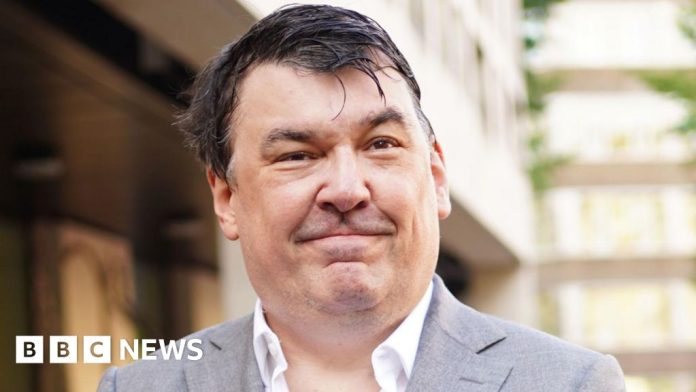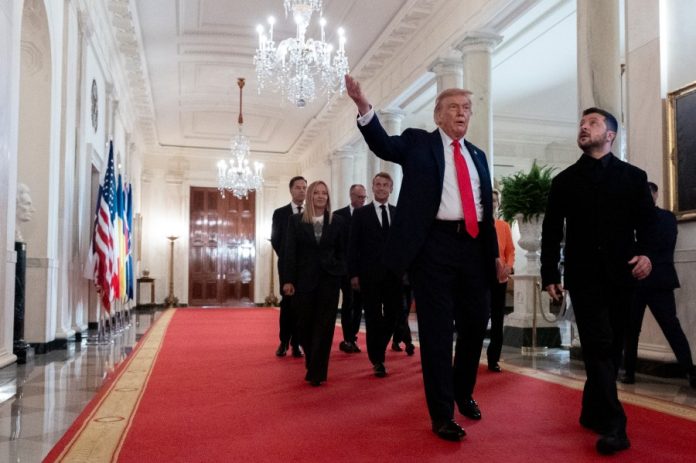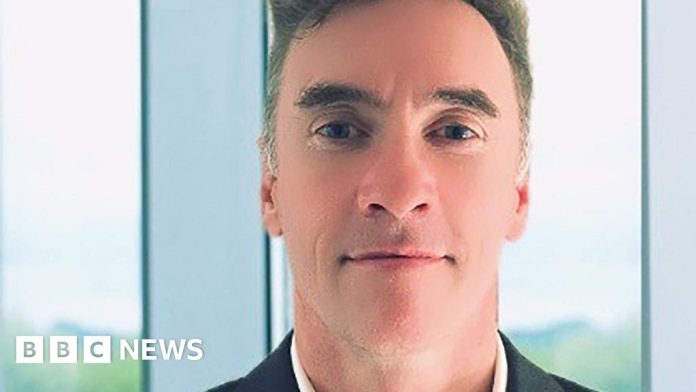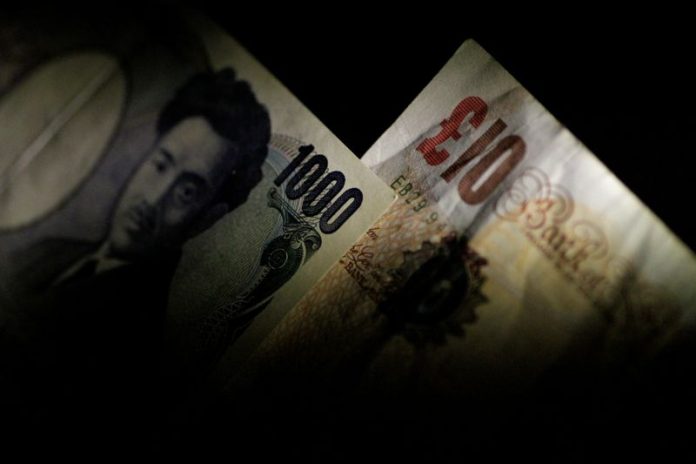
The Bureau of Labor Statistics (BLS) will deliver Friday its first jobs report since President Trump fired its leader in response to disappointing employment data for July.
Economists are predicting more weakening in the labor market for August, which could prompt further reprisals and criticism from Trump.
“August’s employment report is likely to confirm that a marked slowdown in labor market conditions is underway,” EY-Parthenon chief economist Gregory Daco wrote in a preview of the report.
Daco expects nonfarm payrolls to increase by just 40,000 in August, following the modest 73,000 jobs that were created in July. He sees the unemployment rate ticking up to 4.3 percent, which would be the highest level since October 2021.
Financial media company Bankrate also sees unemployment rising to 4.3 percent, citing a consensus forecast of 80,000 jobs added to the economy for August. The Wall Street Journal is estimating a middling 75,000 jobs to have been added. The economy needs to add between 80,000 and 100,000 new jobs per month to keep up with population growth.
The July jobs report showed an average of just 35,000 jobs being added to the economy across May, June and July.
That weakening was also reflected in Wednesday’s Job Openings and Labor Turnover Survey, which showed the number of job seekers exceeding the number of open jobs for the first time since 2021. There are currently 7.24 million Americans out of work while there are 7.18 million open positions.
“Job openings were lower than expected and close to pre-pandemic levels,” investment bank Raymond James economist Eugenio Aleman wrote in a Wednesday commentary. “Job openings in health care and social assistance, which has been one of the strongest sectors for job growth, was considerably lower in July.”
Trump’s firing of former BLS Commissioner Erika McEntarfer drew widespread criticism within the economics field, with economists on both the left and right blasting the decision.
Trump’s former BLS Commissioner William Beach called the move “totally groundless” and said it sets “a dangerous precedent.”
Survey response rates for the BLS have been down since the pandemic, lessening the quality of Labor Department surveys, and while economists have complained about that trend, none have seriously questioned the agency’s methodologies or its execution of them.
Yale Budget Lab Director Ernie Tedeschi recently noted that BLS’s first-release estimates of nonfarm payrolls have gotten “more, not less, accurate” since the 1990s — an observation that Beach called “important.”
Administration officials have demurred on whether they will trust future data releases from the BLS in the wake of McEntarfer’s firing by Trump.
“There’s a lot of work that needs to be done to make it so that the numbers are more reliable,” White House National Economic Council Director Kevin Hassett told CNN last week. “I think they’ll be as good as they can be, but they need to get a lot better.”
The firing has raised concerns about the politicization of economic data, which is closely scrutinized by businesses and governments to assess economic trends.
E.J. Antoni, Trump’s pick to replace McEntarfer at the BLS, has also come under fire, with economists saying he is not qualified for the position as someone with more experience as a conservative pundit than a statistician.
They have also pointed out errors that Antoni has made.
“[Antoni] claimed that exporters were eating the tariffs based on the small rise in the import price index so far this year,” Dean Baker, an economist with the Center for Economic Policy and Research, told The Hill. “This index does not include the effect of tariffs — it looks at prices on the boat. It’s fine that he may not know a specific data series, but pretty incredible he would make big claims about it before bothering to learn about it.”
In addition to the August report, there could be more disappointing employment data coming down the pipeline as the Labor Department’s annual benchmark revision is set to be released on Tuesday. Annual benchmarking is a standard statistical procedure that aligns survey estimates to population totals.
Investment bank Nomura is expecting a downward revision of between 600,000 and 900,000 jobs for the period from April 2024 to March 2025. Pantheon Macroeconomics made a similar forecast of 750,000 fewer jobs for the benchmark adjustment.
Beyond measurement concerns, employment conditions are in an unusual place. Federal Reserve Chair Jerome Powell has described them as “curious,” reflecting a low-hiring and low-firing environment that would normally resolve toward expansion or contraction, but that has instead persisted for more than a year.
“You’ve got to be careful saying that [this] is fragile when it’s endured for a year-and-a-half, two years,” New Century Advisers chief economist Claudia Sahm told The Hill.
“It’s not like this can go on forever, but it could just be a different human resource mindset,” she added.
In an interview with CNBC’s “Squawk Box,” Fed board member Christopher Waller expressed concerns about how quickly the weakening U.S. job market could fall apart if the Fed doesn’t cut rates at its upcoming September policy meeting.
“When the labor market turns bad, it turns bad fast. … So for me, I think we need to start cutting rates at the next meeting,” Waller said.
“We don’t have to go into a lock sequence of steps. We can kind of see where things are going, because people are still worried about tariff inflation. I’m not, but everybody else is.”
Another concern is that job gains in recent months have been atypically concentrated, notably in health care and social assistance, which is greatly outpacing employment growth in the economy as a whole.
Job openings decreased in that sector by 181,000 positions in Wednesday’s labor turnover survey, suggesting that concentrated expansion, which has been bolstering employment overall, could be at risk.
“With the concentration that we’re seeing, it means a less resilient labor market, because you’re really loaded up in certain sectors,” Sahm added. “The concentration goes with this curious balance. It means we’re not as well set up for a big hit to demand.”

















